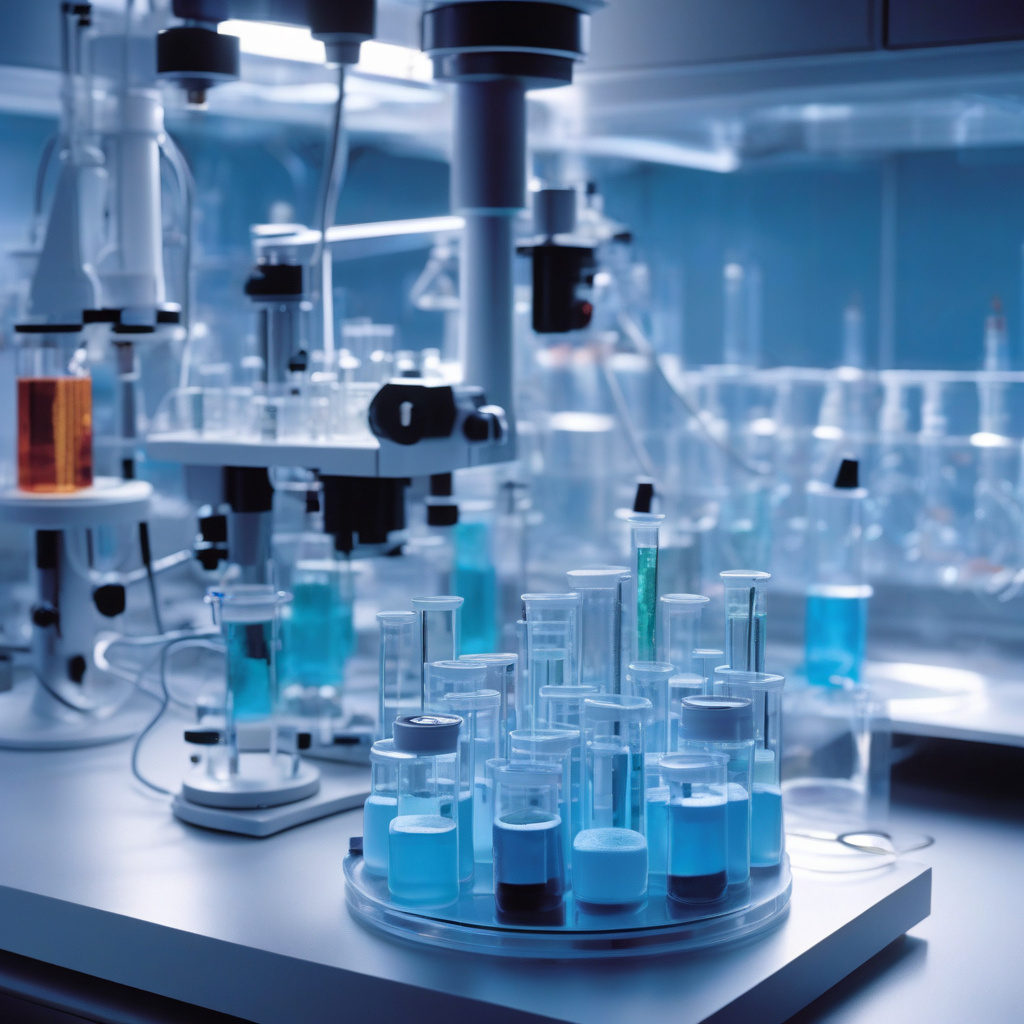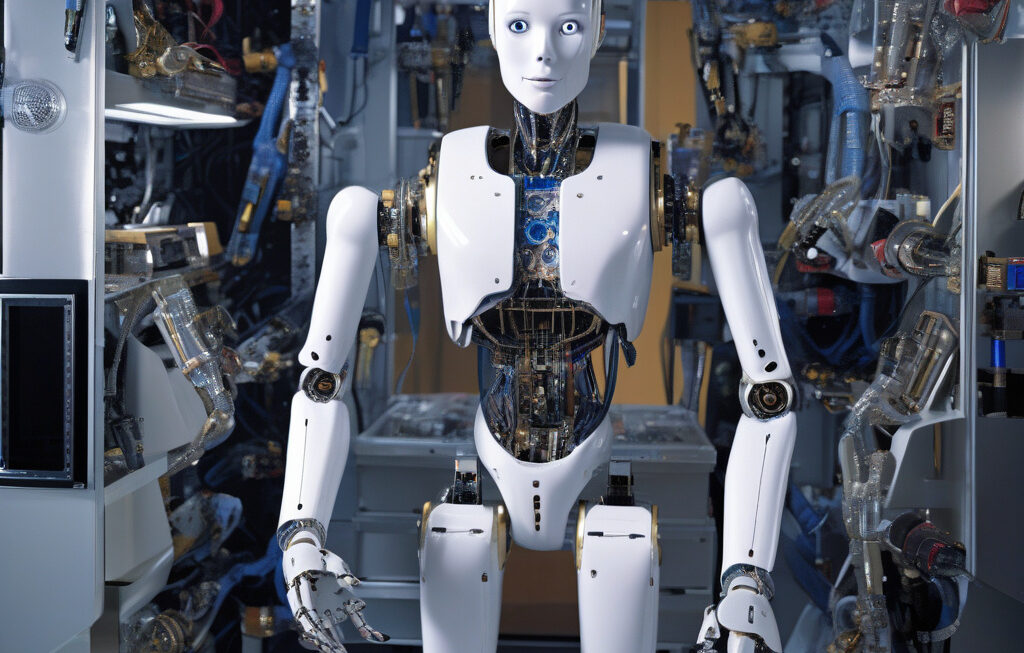Researchers in Taiwan Develop Self-Healing Gel That Glows Under Stress and Enhances Robotics
Researchers in Taiwan have developed a stretchable, self-healing gel that changes color when pulled or stretched, making it not only a breakthrough in material science but also a potential game-changer in various industries, particularly in robotics and healthcare.
This innovative gel, created by a team of researchers led by Professor Chao-Min Cheng at the National Chiao Tung University in Taiwan, has the remarkable ability to heal itself when damaged or cut. The self-healing properties of the gel are activated when the material is exposed to heat, allowing it to repair any tears or punctures automatically. This feature could revolutionize the manufacturing process for a wide range of products, from electronic devices to medical implants, by significantly extending their lifespan and durability.
What sets this gel apart from other self-healing materials is its unique characteristic of changing color when under stress. By incorporating fluorescent dyes into the gel matrix, the researchers were able to create a material that emits a vibrant glow when subjected to mechanical strain. This color-changing ability not only provides a visual indication of the stress levels on the material but also opens up new possibilities for the development of responsive and adaptive technologies.
One of the most promising applications of this self-healing gel is in the field of robotics. By integrating this material into the design of robots and robotic components, engineers can create machines that are more resilient and long-lasting, capable of repairing themselves on the go. This could lead to the development of self-healing robots that can continue to function even in harsh environments or high-stress situations, minimizing downtime and maintenance costs.
Moreover, the ability of the gel to glow under stress could have significant implications for the field of soft robotics. Soft robots, which are made of flexible and deformable materials, could benefit greatly from a self-healing, color-changing gel that can detect and respond to external forces. This could enable the creation of soft robots that are not only more durable and adaptive but also safer to interact with in various settings, such as in healthcare or search and rescue operations.
Beyond robotics, the self-healing gel developed by the Taiwanese researchers holds promise for a wide range of other applications, including wearable technology, smart textiles, and biomedical devices. Imagine a future where your smartwatch repairs itself after being scratched, or where a biomedical implant signals its integrity through a glowing indicator. These are just a few examples of how this innovative material could transform the way we design and use everyday products.
As the field of material science continues to advance, researchers are constantly pushing the boundaries of what is possible with new and innovative materials like the self-healing gel developed in Taiwan. By combining the principles of self-healing, color-changing, and stretchability, this gel represents a significant step forward in the quest for smarter, more adaptive materials that can enhance the performance and longevity of a wide range of products.
In conclusion, the development of a self-healing gel that glows under stress not only showcases the ingenuity and creativity of researchers in Taiwan but also opens up exciting possibilities for the future of materials science and technology. With its potential applications in robotics, healthcare, and beyond, this innovative gel has the power to revolutionize industries and pave the way for a new generation of smart and self-healing products.
#ResearchInnovation, #SelfHealingGel, #MaterialScience, #RoboticsTechnology, #TaiwaneseResearch












